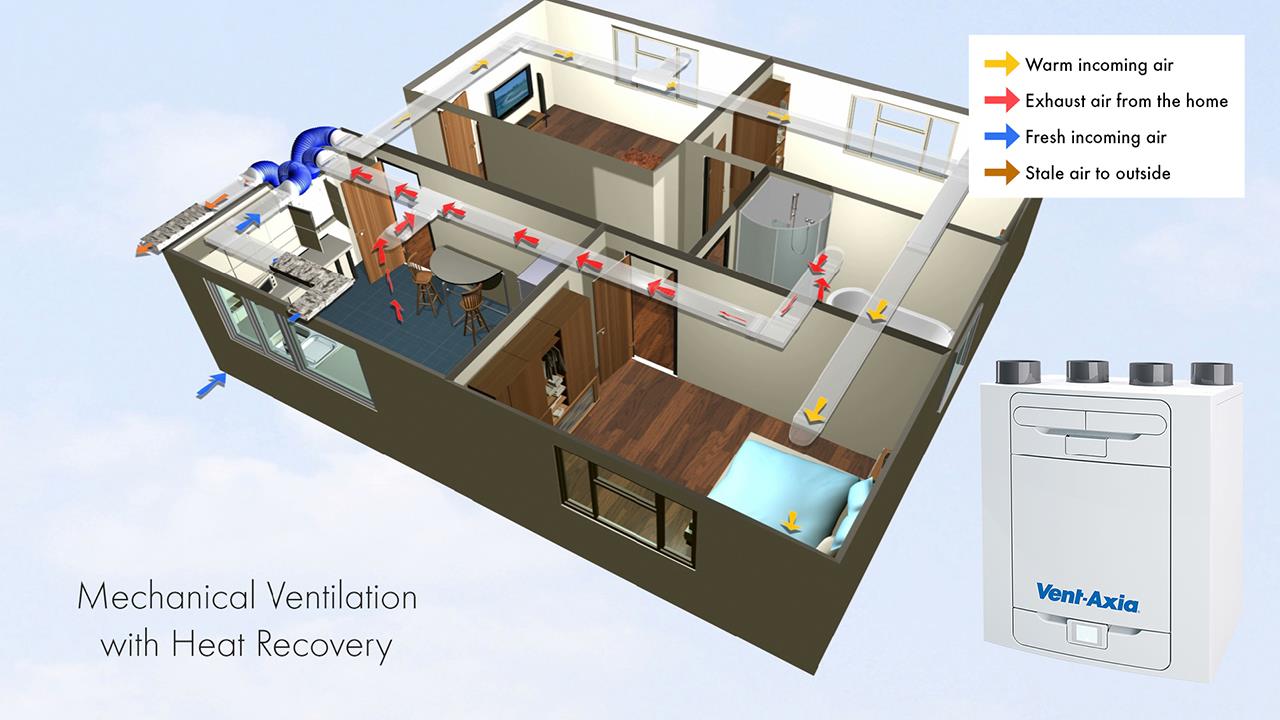

As the destruction of climate change becomes more and more pervasive in our everyday lives, it is evident achieving net-zero will be one of society’s greatest accomplishments. It is heartening to see all industries working hard to contribute to this important goal but some have a bigger role than others. In the case of the building sector, we are a vital player in making net-zero a reality as buildings account for almost 40% of all carbon emissions both globally and in the UK.
To counter its impact, the construction sector has looked at several avenues. This includes sourcing local materials, efficient planning of machinery use, carbon-neutral biofuels and renewable energy, recycling and reusing of demolition material, adopting digital and off-site manufacturing technologies, improving designs to use fewer materials, optimising supply chain management, and accurate monitoring, quantification, and reporting of carbon emissions.
However the above only impacts the embodied carbon (carbon produced during the building phase) and while it is an important component of a building, it is only one part of the equation. The way we heat, cool, ventilate, and power our home – also known as operational carbon – is equally, if not more, important.
One block standing in the way of achieving our decarbonisation objectives is the current version of RdSAP (Reduced Data Standard Assessment Procedure), which is used to produce energy certificates for homes that have already been built. RdSAP is many years old and no longer fit for purpose because, although it is based on site survey when the complete set of data is not available, it does not allow for the benefit of energy efficient heat recovery ventilation as part of a building’s carbon reduction strategy. This is driven because of RdSAP’s poor defaults and no ability to add in the benefits available within full SAP 10.2.
The default issue with RdSAP is similar to what we experienced several years ago with the Standard Assessment Procedure (SAP), the measurement methodology used by the UK government to assess and compare the energy and environmental performance of dwellings. Today SAP is the primary way information is gathered for Energy Performance Certificates and to show compliance with the energy conservations requirements of Building Regulations Part L, which is the building regulation in England that sets the standards for energy performance of new and existing buildings.
When SAP was originally in consultation in 2005, the prescribed defaults were set with a high Specific Fan Power (e.g. how much energy your project takes when running motors) and low energy efficiency. As one would expect, this would not have encouraged developers to consider heat recovery ventilation solutions.
To remedy this issue, the British Electrotechnical and Allied Manufacturers' Association worked with the Energy Saving Trust and the BRE to develop SAP Appendix Q to put validated individual branded product performance data into the SAP calculation. This information has since been integrated through the Product Characteristics Data Base and has led to an increase in more efficient ventilation systems. We must do the same with RdSAP as the number of buildings available to retrofit is much larger than the number of buildings expected to be constructed ahead of the net-zero deadline of 2050.
As the calculation and process exists for SAP, there is an off-the-shelf solution which could be plugged into the algorithm. And, thankfully, the industry is more than ready to collaborate to help make that happen.
We should endeavour to evolve RdSAP to become more like SAP, however SAP itself is far from perfect. At this time, SAP does not mandate mechanical heat recovery ventilation as the standard for newbuilds. The government, through Part L, should ensure that SAP mandates mechanical heat recovery ventilation as the standard for new buildings. It is by far the most efficient form of ventilation because it not only circulates air but reduces the overall amount of heating needed.
Mandating mechanical heat recovery ventilation through SAP and updating RdSAP to reflect SAP’s defaults are certainly not a panacea but it will make a difference in the construction sector’s contribution towards the fight against climate change by carbon avoidance. Moreover, there is the additional benefit that both changes will enhance people’s lives: they would make people’s indoor environment healthier – as we learned during the pandemic, ventilation is key to keeping healthy – and lowering their electricity bills as heat recovery ventilation recovers heat from stale extracted air and pumps it back into the building thereby leading to less heating.
If you'd like to keep up-to-date with the latest developments in the heating and plumbing industry, why not subscribe to our weekly newsletters? Just click the button below and you can ensure all the latest industry news and new product information lands in your inbox every week.